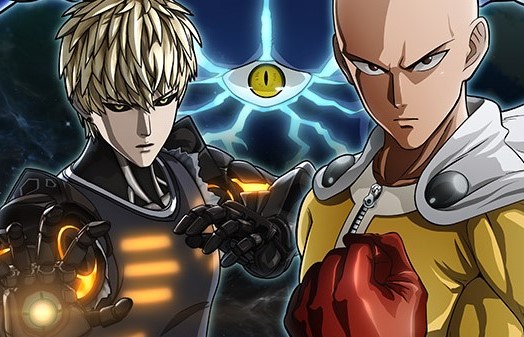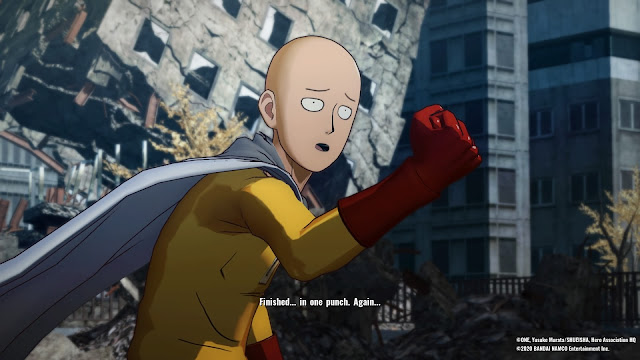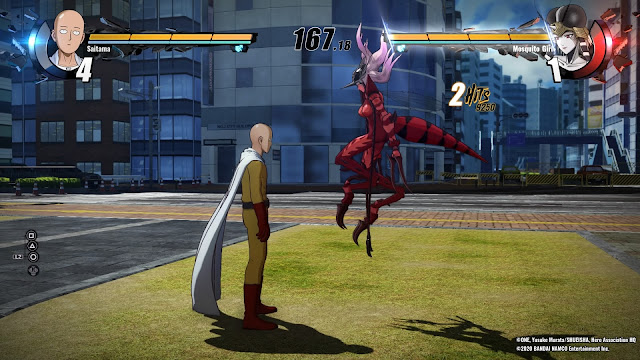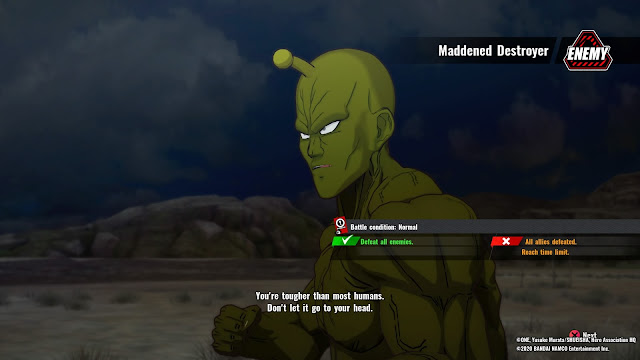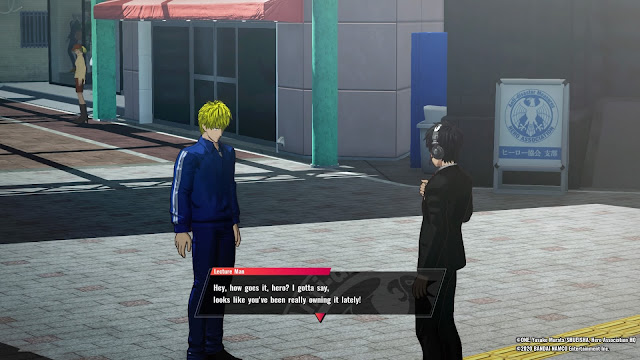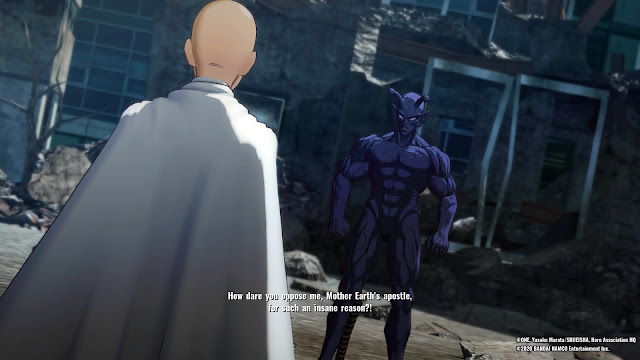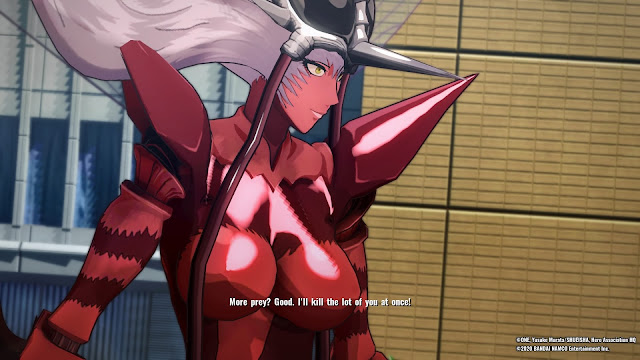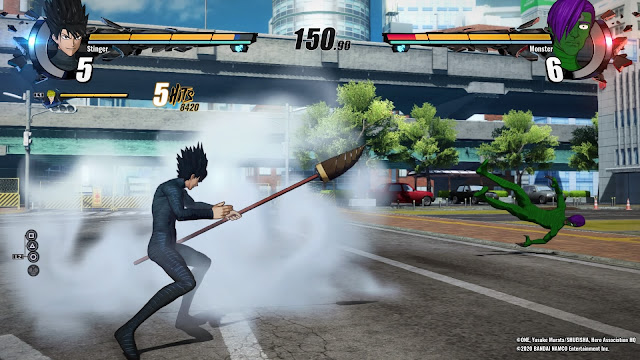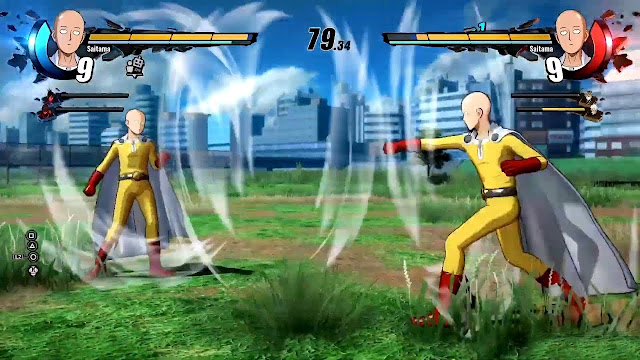Review by Clark A.
Saitama, the eponymous One Punch Man, has journeyed from homemade web comics to full-fledged Jump magazine releases to gloriously animated works. His next stop poses a dilemma: how do you incorporate a character that wins in a single blow into the video game medium, let alone in a fighting game?
– Clark A.
Anime Editor

